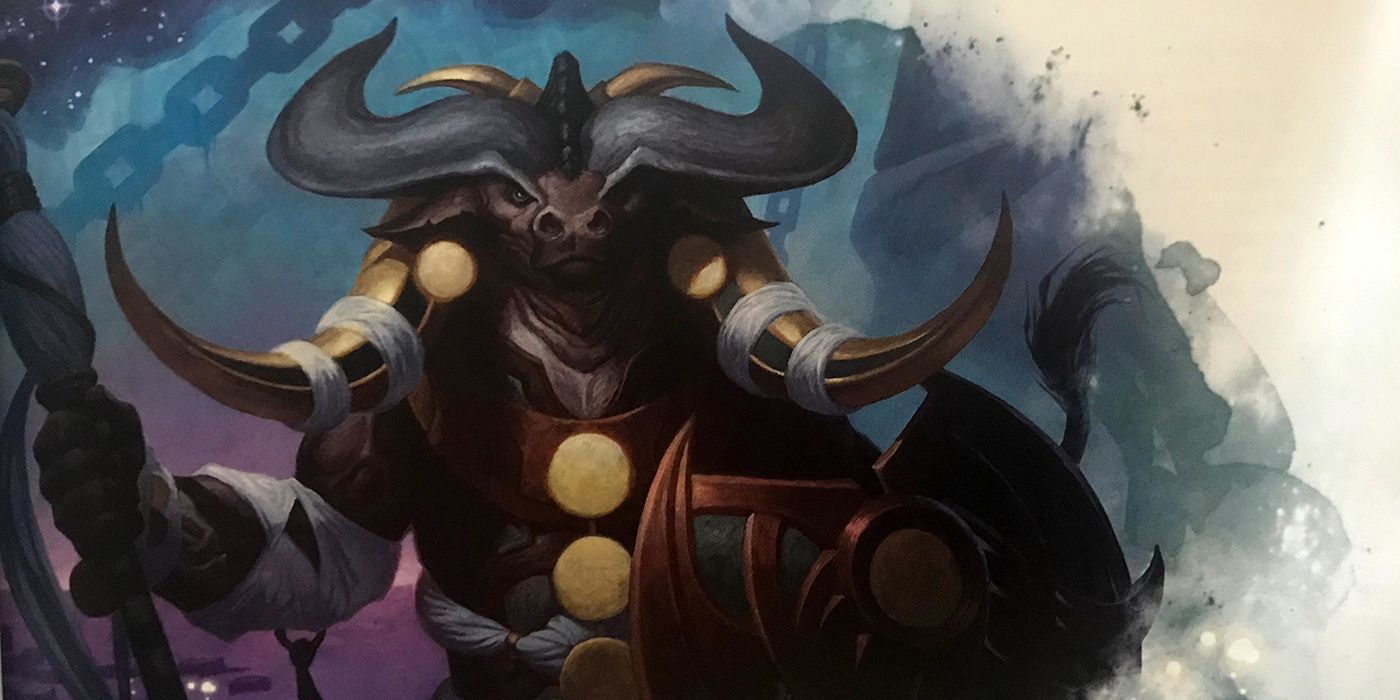The first few sessions of a Dungeons & Dragons campaign can often be the most memorable, considering they involve a group of adventurers meeting and working as a team for the first time. Beyond the usual early campaign encounters like bandits or a pack of wolves, coming up with interesting monsters for the group to face can be a struggle for Dungeon Masters. Luckily for DMs, there are some interesting enemies in D&D with low challenge ratings that they can consider putting up against the party.
Although most D&D parties are likely to have a few spellcasters in their ranks, it is far less common for them to face one as an enemy early in a campaign. Since fighting a magic user will require a low-level Dungeons & Dragons party to better coordinate with one another, it is a great option that DMs should consider as early as possible. The Cult Fanatic has access to moderately powerful spells such as Hold Person and Spiritual Weapon, while still having a Challenge rating of only 2. It would be relatively easy to theme an early-game quest around taking out a group of cultists near a settlement, and having them fight this specific enemy should make for an engaging low-level D&D encounter.
Not every encounter in D&D takes place on a convenient battlefield, and in fact some do not even take place on dry land. Designing an encounter around a ship on the ocean is a great way to force players to be more creative during combat, since they will need to avoid falling into the water while fighting whatever enemy is in their way. The Giant Octopus is a great option for a monster that might attack the player's ship, since it has a decent health pool but is not very dangerous on dry land. If players are able to remain on the boat, it should be an easy fight, but if a player falls in, they are at risk of being grappled by the octopus and the encounter getting very ugly.
Why Dragon Wyrmlings & Minotaurs Are Perfect Enemies In D&D
Considering the name of the game, players shouldn't have to wait until high levels just to fight a dragon in D&D. Wyrmlings are the solution to this problem, as the baby dragons have relatively low challenge ratings when compared to their adult counterparts. The Black Dragon Wyrmling is a good place for DMs to start for a dangerous low-level Dungeons & Dragons encounter, and their Acid Breath could pose a threat to a group who isn't used to spreading out during a fight. With a Challenge rating of just 2, these dragons shouldn't be too difficult to take down as long as the D&D party comes prepared.
After the player characters reach 3rd level and have access to most of their core class features, it may be time for the DM to consider a "real" D&D boss encounter. With an enormous health pool, decent armor, and the potential to dish out plenty of damage, a Minotaur is a dangerous enemy that is sure to worry D&D players. Fighting a Minotaur is fairly simple if players can avoid the monster's Charge ability, which allows their Gore attack to deal significantly more damage. The Minotaur is the type of enemy that forces a group to play to their strengths, and a few unlucky rolls could lead low-level Dungeons & Dragons characters to their first brush with death as well.
Combat is an important part of most Dungeons & Dragons campaigns, and it's important that DMs keep it interesting by making every encounter feel unique. Although these monsters are far from the game's strongest, they all have interesting mechanics that players will need to take into account while trying to take them down.


